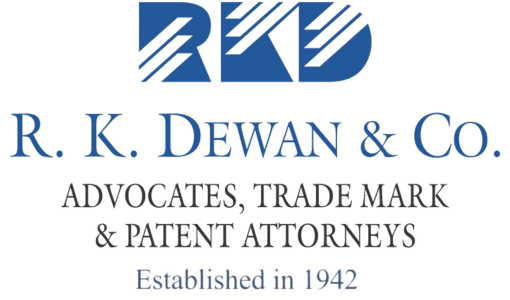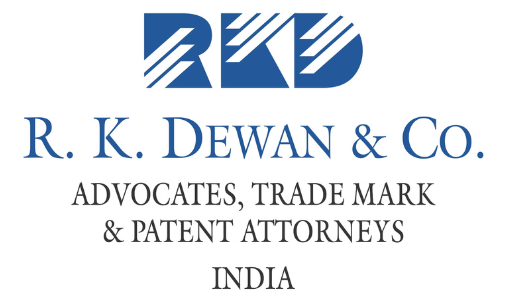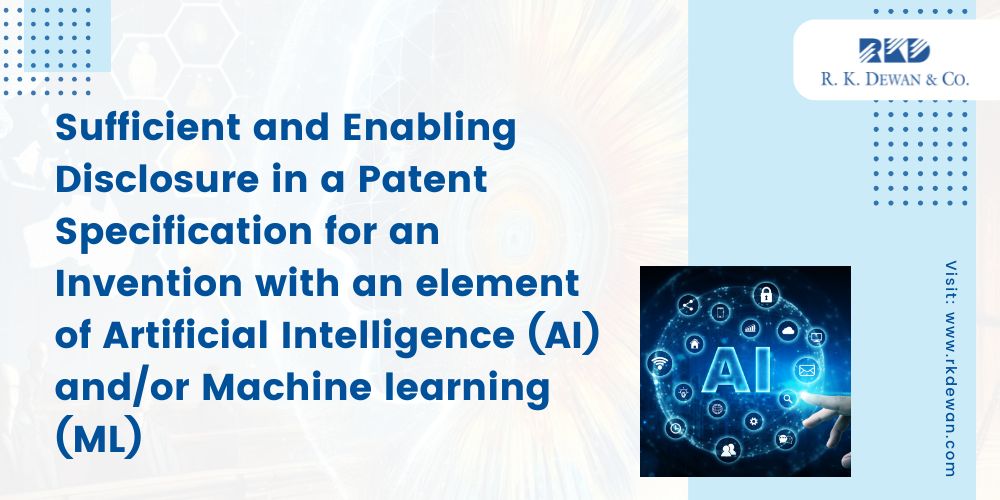In recent years, Artificial Intelligence (AI) and Machine Learning (ML) have become integral to technological advancements across industries. Studies indicate that nearly 60% of patent filings contain elements of AI or ML. From autonomous driving systems and medical diagnostics to personalized recommendation engines and financial forecasting tools, AI-ML technologies are now central to the innovation landscape. For instance, the World Intellectual Property Organization (WIPO) reported a 28% increase in patent filings related to AI from 2019 to 2023, a trend that reflects the rapid adoption of these technologies across a wide range of fields.
Given the ubiquitous integration of AI-ML, it is essential for patent specifications to provide a clear, comprehensive, and technically sound description of these components. To aid inventors and patent professionals in this process, we have prepared a checklist of essential elements that should be included in a patent specification to ensure it is complete and enabling and can withstand scrutiny from the Patent Offices around the world. This checklist focuses on the unique requirements for inventions featuring AI-ML elements or incorporating method steps utilizing AI-ML techniques.
Checklist for Sufficient and Enabling Disclosure
General Information, Background, Description
- Clearly define how AI-ML contributes to solving the technical problem.
Step-by-Step Description of the Method or System
- Provide a system architecture diagram to visually illustrate the components and data flow within the system.
- Provide a clear and detailed flowchart or block diagram of the method/system, indicating where and how AI-ML is integrated.
- Describe the functionality of AI-ML components, including inputs, intermediate processing steps, and outputs.
- Highlight novel steps involving AI-ML and their contribution to the technical effect.
Definitions and Terminology
- Define technical terms and jargon (e.g., “neural network,” “training epoch”).
- Explain terms critical to understanding the claims (e.g., “technical effect,” “optimization”).
Input and Output Variables
- Show correlation between input variables and the desired outcome.
- Provide specific measurement values and numerical examples.
Computational Model
- Describe the architecture, topology, and class of the model (e.g., CNNs, RNNs).
- Specify learning methods and activation functions used.
Training of the Computational Model
- Describe specific application scenarios and training methods.
- Detail the source of training data and strategies for handling variations.
Existing Technologies Used
- Explain how existing technologies are used in the system.
Software and Hardware Integration
- Explain software components and hardware considerations.
Claims and Specific Considerations
- Ensure AI-specific claims address technical contributions.
- Provide sufficient evidence for broader claims.
Alternative Embodiments
- Discuss alternative models, methods, or configurations.
- Highlight diverse applications across industries.
Practical Applications and Advantages
- Describe real-world applications and specific scenarios.
- Highlight improvements over prior art.
Evidence Regarding Plausibility
- Provide experimental data and test results.
- Highlight constraints affecting performance.
A Workable Example
- Clearly define input and output variables.
- Describe the computational model and planned goals.
Advancement to Existing Models
- Detail tweaks and enhancements to existing models.
- Explain domain-specific compatibility and robustness.
Performance Metrics
- Explain specific metrics like accuracy, precision, and recall.
- Provide evidence of effectiveness through benchmarking.
Ethical Considerations
- Explain bias mitigation and ethical safeguards.
- Adhere to data privacy regulations for sensitive data.
In conclusion, enabling patent specifications for AI-ML innovations is a critical process that demands precision, depth, and foresight. By carefully explaining computational models, training methods, and performance metrics, inventors can showcase the robustness and practical utility of their innovations, meeting the high standards required for intellectual property protection.


